Whether you’re a mountain goat or a steam train, the Bowral Classic will certainly test your ability to suffer and survive if you’ve chosen to conquer the 160km course. Don’t be fooled though, the 90km ride is nothing to be scoffed at, with 1000m of elevation too. It’s called the Southern Highlands for a reason.
The elevation for the Maxi course taps over 1900 metres of elevation throughout the ride with a gnarly 5.9% average gradient on the Kangaloon Road climb at the 122km mark. As a rider whose been training for the event you’ll need to use every bit of strength and skill you’ve practiced.
Climbing is a skill of its own and the only way to get better is to practice. However, the most important thing to remember is technique above everything else. Some riders may already be practicing these tips but when you combine all these techniques together you will surely ascend faster than before.
But if you start to suffer and your body is going into catastrophic failure every time you climb, come back to you technique and focus on these few key things. Without a good technique even the strongest of riders will eventually crack.
BREATHING
Breathing is most important, it helps the body rid itself of those toxins you’re releasing after an exertion. Many people find themselves gasping for air, trying to fill their lungs up quickly, but it is the opposite action that will have the best effect on recovery.
Breathe IN naturally, but EXHALE with force. Release all the air from your diaphragm in a big puff for a number of breaths. This should remove the strain on your chest and slow your heart rate.
BODY POSITION
Relax your upper body, let your hands sit on the tops of the bars and drop your shoulders with a straight back whilst in the saddle. This will help with your breathing as it opens up your lungs and allows the air to flow easily in and out. Gripping the bars is also detrimental to your progress, it is a waste of energy.
SITTING vs. STANDING
Alternating between the two positions is fine. But remember, standing uses a lot more energy which depletes your glycogen stores quickly and fatigues you faster.
If you do decide to stand for a bit, pace yourself. Using a harder gear will best utilise your energy. Try rocking the bike underneath you, using the force of each pedal stroke to lay the bike over. Keep a straight line on the road though but think like you’re ‘dancing on the pedals’.
When seated remember to relax. Sitting uses different muscles like your glutes which are much more efficient.
CADENCE
There is no distinct climbing cadence because it is all relative to the rider but a rule of thumb to follow is the higher the better when seated, around 90rpm to 100rpm. A lower cadence below 80rpm means the muscles in your legs have to contract for a longer period of time, therefore fatiguing them quicker than if you used a higher cadence.
Utilise those easier gears and focus on a smooth pedal stroke. Don’t turn squares in a hard gear and rock your body from side to side above the bike. Again, relax and focus on using those big muscles like your glutes and the muscles in your thighs.
COMPONENTS
Not always, but more times than not your component selection may affect your climbing ability. Choose a cassette with a big gear up top, something like an 11-28 for an 11-speed bike is a good start. Along with a compact or semi-compact front chainring that are smaller than a standard set, this will help you to reach those higher cadences.
Practice these tips when preparing for the Bowral Classic. Focus on your body position and breathing first and your pedal technique should be easier to control after that.

Dancing on the pedals.





